- Questions?
- Contact
Controlling Motion
In every SLR camera there is a shutter that sits between the mirror and sensor/film plain. The shutter controls the amount of time the sensor is exposed to light. Much like a shutter on a window, the shutter opens and closes to control the light, the only difference from your windows is the amount of time the shutter is open. In the case of a camera, the shutter opens and closes in fractions of a second. Below is an example of how the shutter speed is used to portray motion in an image.
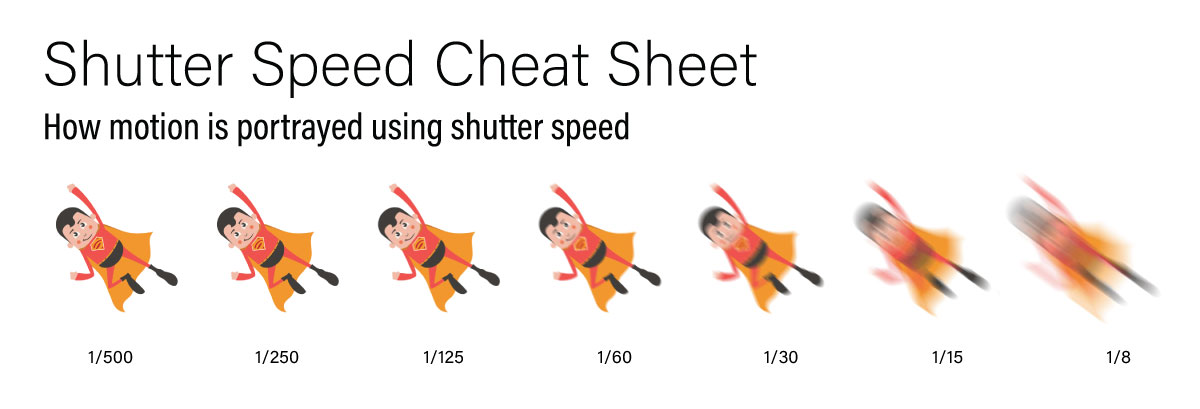
How Low can I Handhold?
As you can see by the above graphic, blur will happen to your images as turn down the shutter speed. So, the question is how low can you handhold a camera without camera shake? This is really an individual question, as some people have steady hands and understand how to properly brace themselves while shooting. Others, not so much. A good rule of thumb is you can handhold half the focal length of the lens. Huh? Let me explain. If your shooting with a 100mm lens, plan on using a tripod if you’re going to shoot below 1/60 of a second. If you’re using a 50mm lens, plan on using a tripod once you get below 1/30 of a second. The difference is due to how motion becomes more visible as the image is zoomed in.
Using Motion as a Creative Control
Now that you understand what shutter speed controls, it’s time to look as some examples of what you can achieve through changing the shutter speed.
Freezing Motion
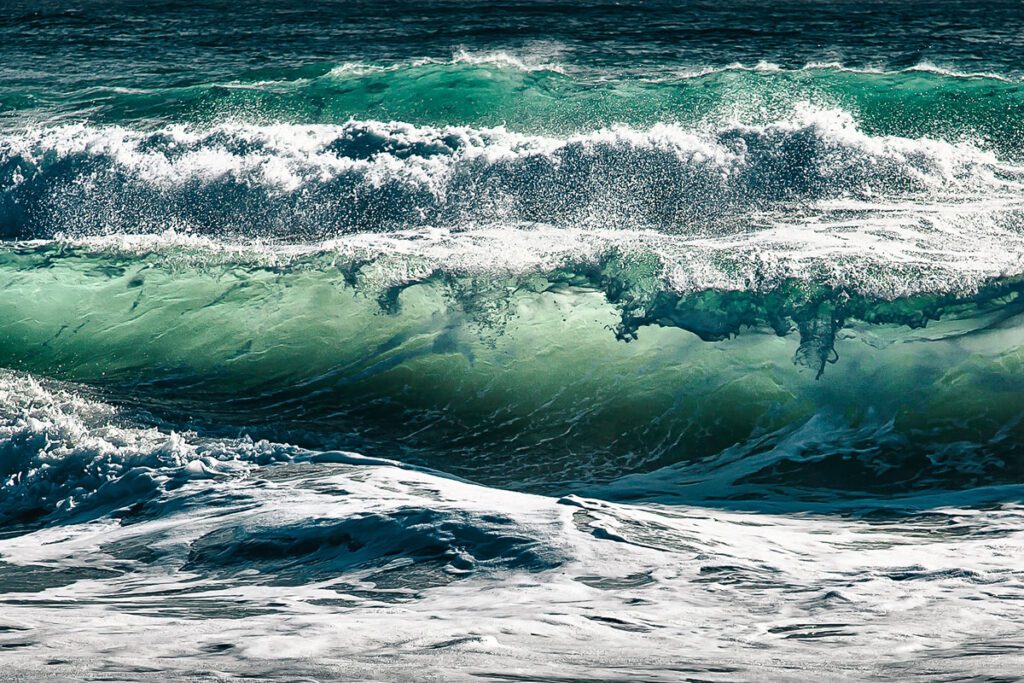
Using a fast shutter speed such as 1/500 of faster will allow you to “stop” the action in the scene.
Blurring Motion
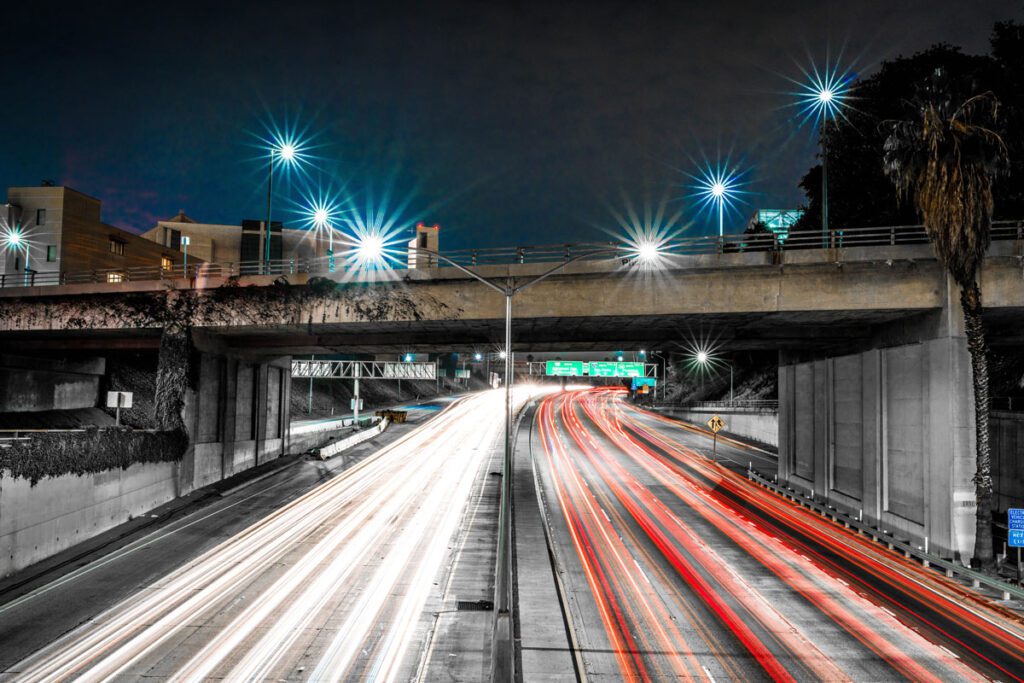
Using a slow shutter speed such as 1/15 or slower will allow you to blur motion in the scene. You will need a tripod to achieve this effect.
Motion Tracking
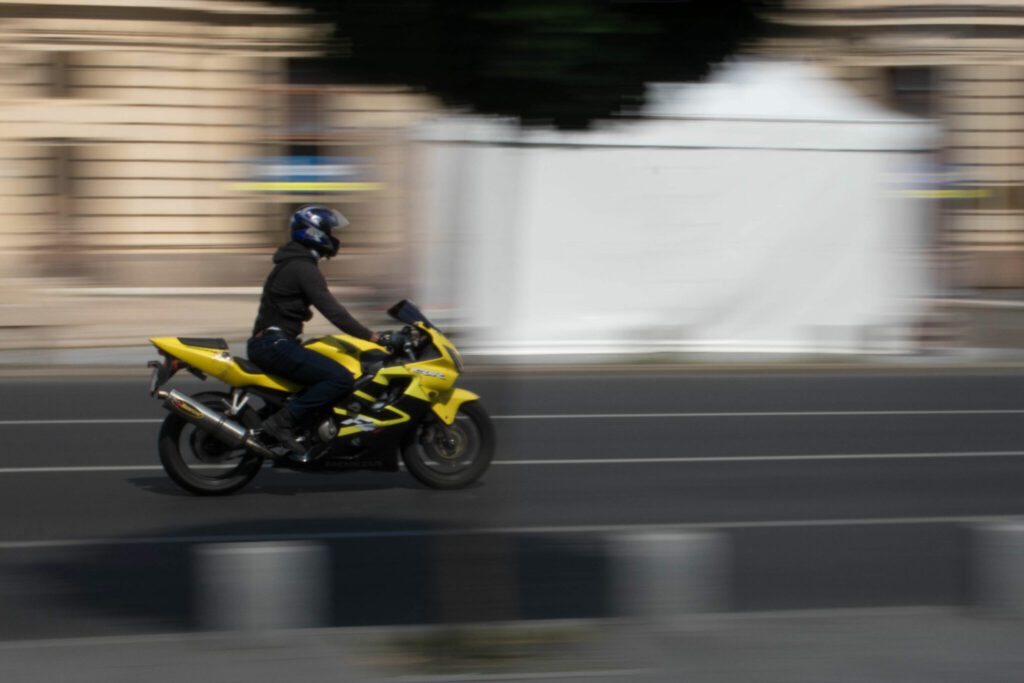
Using a slow shutter speed you can hand-hold the camera and try to track motion. For settings, it’s a matter of trial and error and a lot of practice.
Ghosting
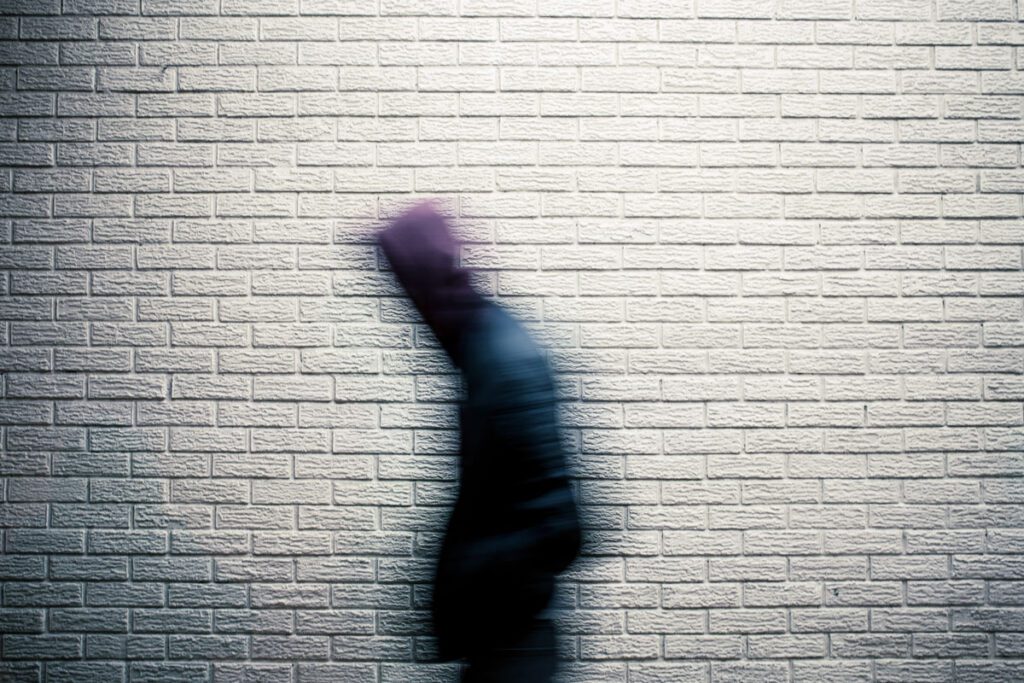
Using a tripod, setup your camera in the scene and have your talent move through the scene and they will appear ghosted with the background remaining sharp. Another popular trick is to have the main focal point stand still and have the extras move around them as well. For settings, it’s a matter of experimentation.
Zoom Blur
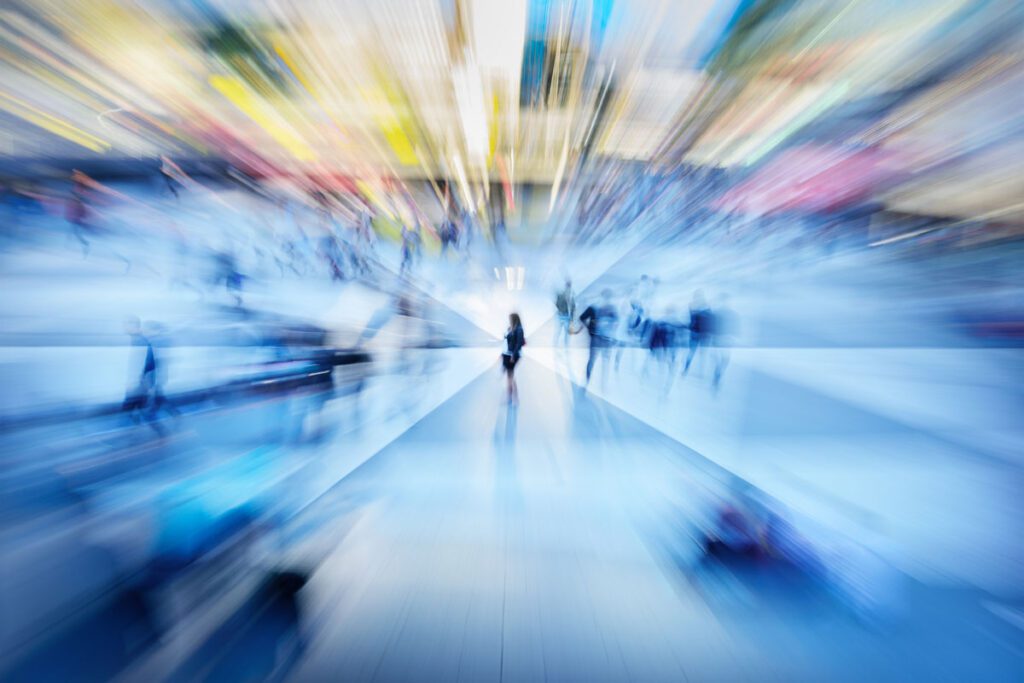
Arguably, one of the hardest shots to pull off well. Use a slower shutter speed and move the zoom ring while the image is being exposed.
Juno Beach, Florida by Leo Roomets on Unsplash
https://unsplash.com/photos/_asfY_cHGNk
Freeway at Night by Drew Graham on Unsplash
https://unsplash.com/photos/aXELB30jPvU
Man on Motorcycle by Grégoire Bertaud on Unsplash
https://unsplash.com/photos/WiGrKK6WPRM
Motion Blur by Hybrid on Unsplash
https://unsplash.com/photos/8iN-YTPHAEw
Motion & Zoom Blur by connel_design on Adobe Stock
https://stock.adobe.com/images/motion-and-zoom-blurred-pedestrians-crossing-sunlit-square-effect-made-in-camera-not-post-processing/99104286?prev_url=detail

